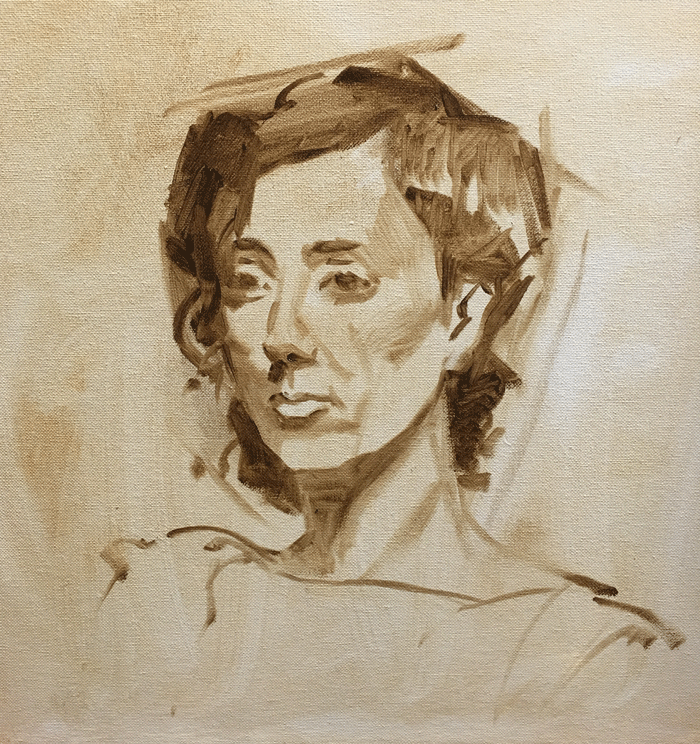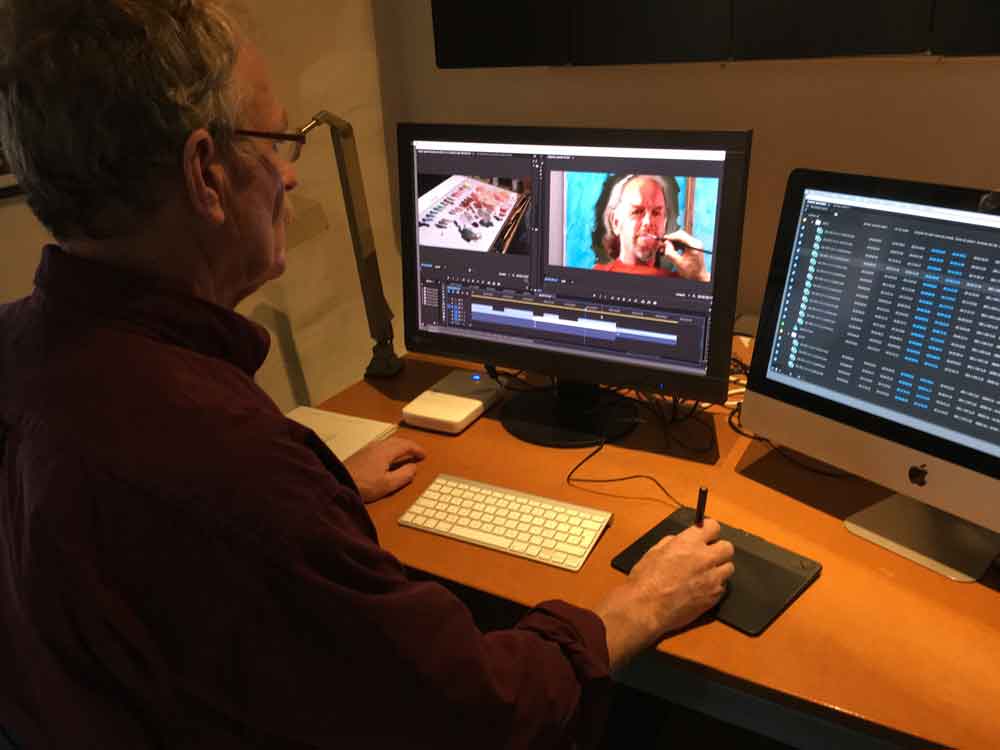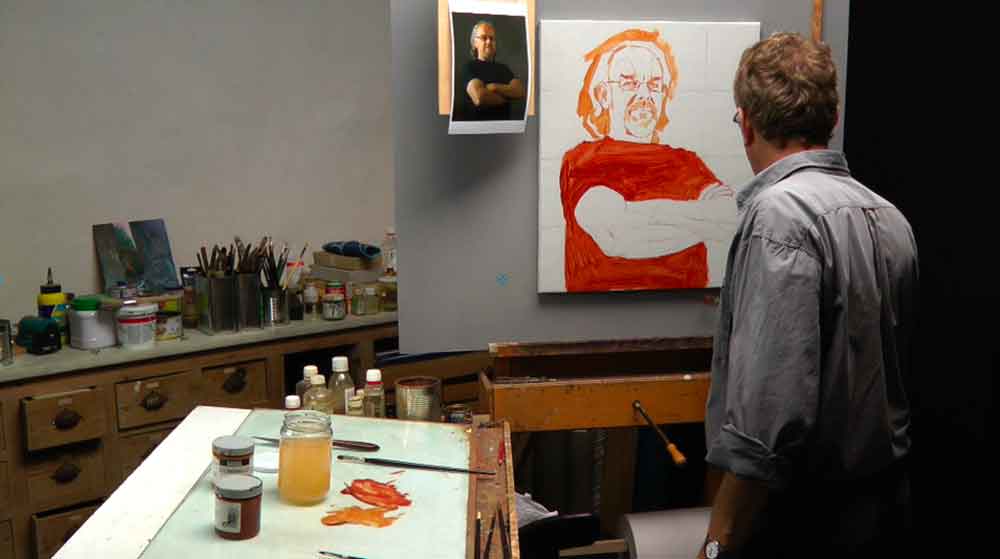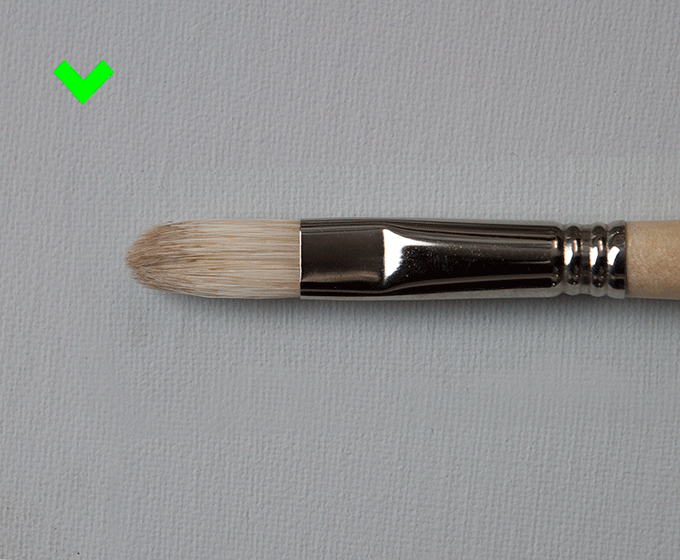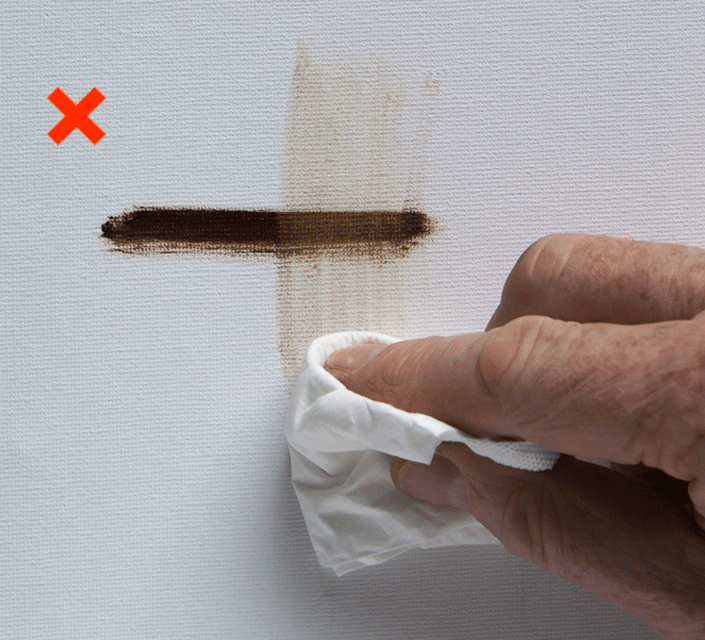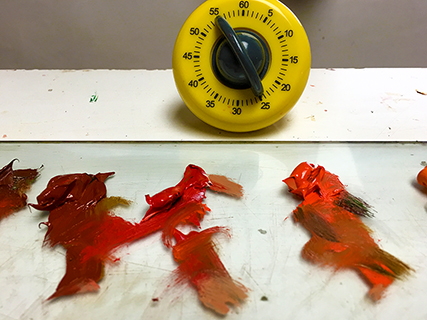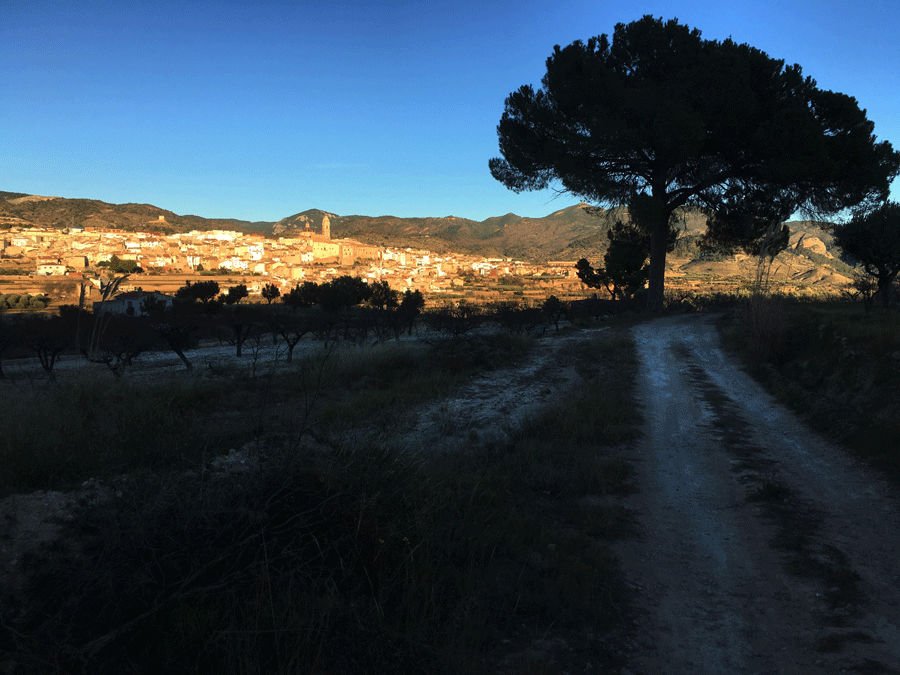Portrait painting from observation
You know I’m far from being an opponent of working from photography. I have received my share of criticism for this stance. That is fine by me. I know whereof I speak, take it from me. Many of my colleagues use photography. And lots for 100% of their work. Only: they do not want to talk about it! I know this phenomenon from the inside out, and I remain to tell you the truth.
But without prejudice I encourage everyone to study from observation. One of the special features is the reflection of a quest. All the elements of a face are not always immediately in the right place on the canvas. And I like to see these little changes of detail in the work. It gives the final artwork that unique charm.
When I work from a live model, I should actually take many more pictures in between to show that process well. The accompanying picture shows two shots. One after a session of 20 minutes and the other after an hour. Pay special attention to the small changes around the mouth and the eyes.
Of course it is an added problem when a model cannot sit still for more than five minutes, at least I can´t. ( I am always happy to be the painter and not the sitter) Every model tends to drift or have difficulties to hold one position. That is why I always take some pictures with my cellphone before stopping the session. So afterwards I am able to correct some features when the model had gone.


